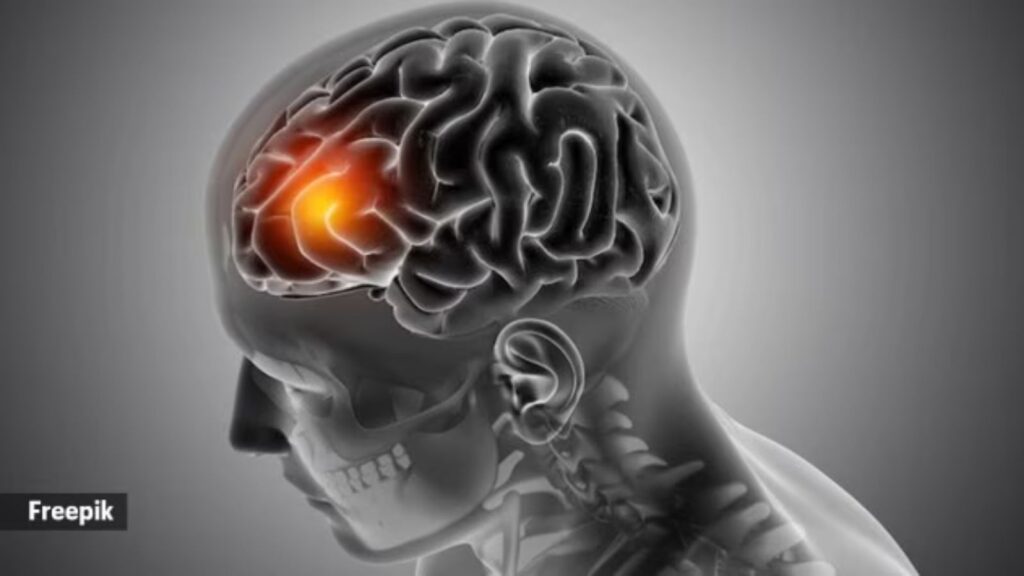In a first in India, a team of neuroscientists at the Bengaluru-based National Centre for Biological Sciences (NCBS) has proposed promising therapeutics to treat Lowe syndrome, a rare genetic disorder affecting multiple organs.
Story continues below this ad
They discovered that a spike in a certain lipid in the brain was linked to breakdown of the smooth neuronal communication in the brain of patients diagnosed with Lowe syndrome. They further said that their findings could possibly have clues to designing newer therapies for patients suffering this condition.
Lowe syndrome, which is mostly reported among males, simultaneously affects the brain, eyes and kidney. It affects the brain during its early development stages. The disease is detected among one in five lakh globally. In India, its prevalence remains to be determined but it is estimated that there are about 70 million suffering from some kind of rare disease living in India.
Story continues below this ad
The latest study, published in EMBO Molecular Medicine, was led by PhD student Yojet Sharma. Sharma said, “We wanted to understand how people with Lowe syndrome suffer from multi-organ dysfunctions. Importantly, it strikes at the nascent stages of fetal brain development.”
The brain of any living organism, in general, is composed of millions of tiny cells called neurons. A human brain has over a billion neurons. Of the many thousands of enzymes present in the human body, an enzyme called OCRL helps maintain a balance between phospholipids–tiny molecules that build and maintain the health of cell membranes. Electrical pulses fired by neurons pass through these cell membranes making phospholipids vital for brain functioning. Functionally, OCRL initiates chemical reactions that help break down these phospholipids, which, in this case, are identified as PI(4,5)P2. Neurons in the brain carry nearly 5,000 to 10,000 molecules of PI(4,5)P₂ per μm² of membrane and any change in these large numbers can lead to a disorder.
Story continues below this ad
The NCBS team of researchers said that a missing OCRL enzyme leads to an imbalance between the phospholipid levels. In turn, this severely affects the brain’s cellular functioning. Any mutation in OCRL leads to the development of Lowe syndrome.
“Ours is an example of how stem cell-based laboratory models allow researchers and clinicians to recapitulate the brain development process in a lab, particularly in many of these understudied and rare conditions, like Lowe syndrome,” said Raghu Padinjat, an NCBS professor who is one of the co-authors of the paper.
For this work, the scientists developed human induced pluripotent cells in-house from three patients diagnosed with Lowe syndrome. From these cells, the team generated brain organoids, nicknamed mini-brains, in the laboratory, as there is no access to studying a diseased human brain.


